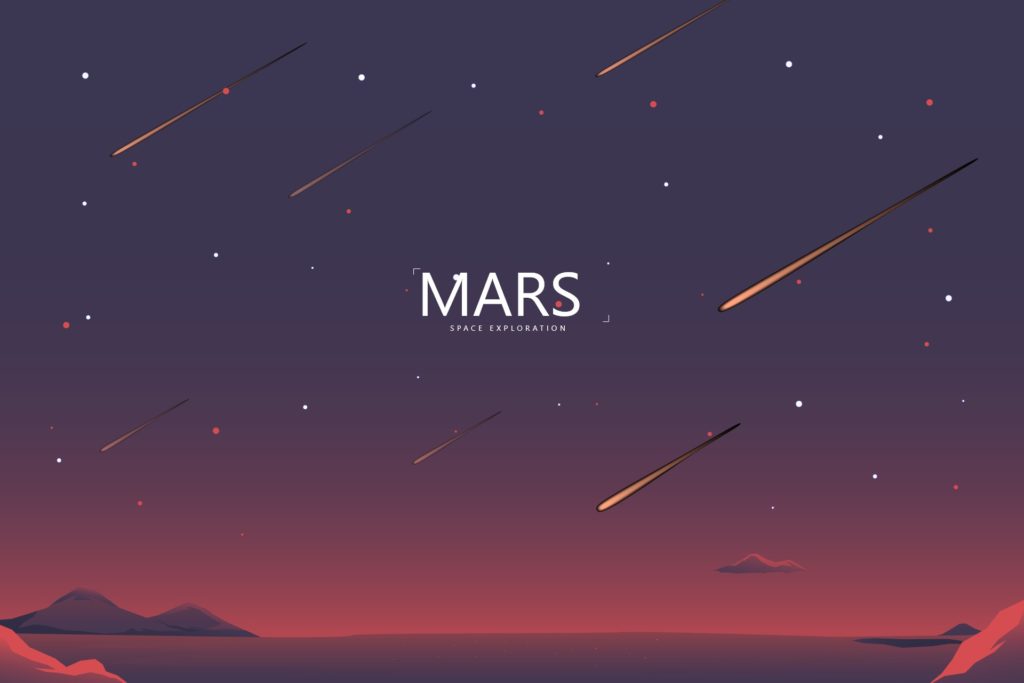A meteor shower is a celestial event in which a number of meteors are observed to radiate, or originate, from one point in the night sky. These meteors are caused by streams of cosmic debris called meteoroids entering Earth’s atmosphere at extremely high speeds on parallel trajectories.
Most meteors are smaller than a grain of sand, so almost all of them disintegrate and never hit the Earth’s surface. Very intense or unusual meteor showers are known as meteor outbursts and meteor storms, which produce at least 1,000 meteors an hour, most notably from the Leonids.

The Meteor Data Centre lists over 900 suspected meteor showers of which about 100 are well established. Several organizations point to viewing opportunities on the Internet.
Historical developments
The first great meteor storm in the modern era was the Leonids of November 1833. One estimate is a peak rate of over one hundred thousand meteors an hour,[4] but another, done as the storm abated, estimated in excess of two hundred thousand meteors during the 9 hours of storm, over the entire region of North America east of the Rocky Mountains.
American Denison Olmsted (1791–1859) explained the event most accurately. After spending the last weeks of 1833 collecting information, he presented his findings in January 1834 to the American Journal of Science and Arts, published in January–April 1834, and January 1836.
He noted the shower was of short duration and was not seen in Europe, and that the meteors radiated from a point in the constellation of Leo and he speculated the meteors had originated from a cloud of particles in space.
Work continued, yet coming to understand the annual nature of showers though the occurrences of storms perplexed researchers.
Famous meteor showers:
- Perseids and Leonids
- Other meteor showers
- Established meteor showers

Extraterrestrial meteor showers
Any other solar system body with a reasonably transparent atmosphere can also have meteor showers. As the Moon is in the neighborhood of Earth it can experience the same showers, but will have its own phenomena due to its lack of an atmosphere per se, such as vastly increasing its sodium tail.
NASA now maintains an ongoing database of observed impacts on the moon maintained by the Marshall Space Flight Center whether from a shower or not.
Many planets and moons have impact craters dating back large spans of time. But new craters, perhaps even related to meteor showers are possible. Mars, and thus its moons, is known to have meteor showers.
These have not been observed on other planets as yet but may be presumed to exist. For Mars in particular, although these are different from the ones seen on Earth because the different orbits of Mars and Earth relative to the orbits of comets.
- The Martian atmosphere has less than one percent of the density of Earth’s at ground level, at their upper edges, where meteoroids strike, the two are more similar.
- Because of the similar air pressure at altitudes for meteors, the effects are much the same.
Only the relatively slower motion of the meteoroids due to increased distance from the sun should marginally decrease meteor brightness. This is somewhat balanced in that the slower descent means that Martian meteors have more time in which to ablate.



